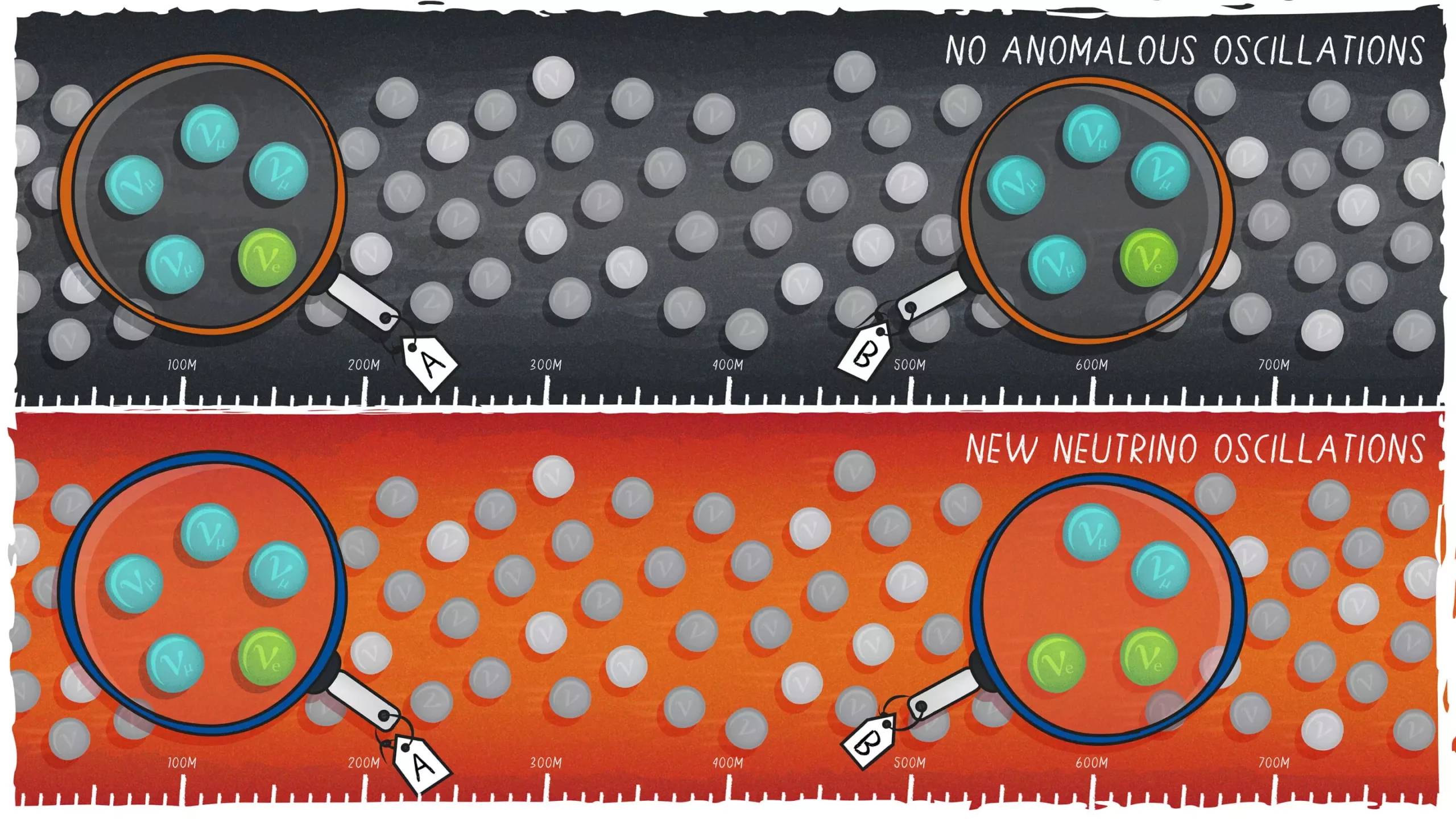Working diligently on the Short-Baseline Near Detector (SBND) at Fermi National Accelerator Laboratory, scientists have successfully identified the detector’s first neutrino interactions. This monumental achievement comes after years of planning, prototyping, and constructing the detector. Led by David Schmitz, the co-spokesperson for the SBND collaboration and associate professor of physics at the University of Chicago, the team expressed their excitement in finally witnessing the detector in action. Schmitz highlighted the significance of this milestone, stating that “We’ve all spent years working toward this moment and this first data is a very promising start to our search for new physics.”
SBND is the final component of Fermilab’s Short-Baseline Neutrino (SBN) Program and plays a crucial role in unraveling a long-standing mystery in particle physics. This achievement would not have been possible without the collaboration of 250 physicists and engineers from Brazil, Spain, Switzerland, the United Kingdom, and the United States. The Standard Model, while a comprehensive theory, still has its shortcomings, with various experiments over the past three decades suggesting the existence of a new type of neutrino. Neutrinos, the second most abundant particles in the universe, present a unique challenge for researchers due to their elusive nature, only interacting through gravity and the weak nuclear force.
The Quest for a Fourth Neutrino
The Short Baseline Neutrino Program at Fermilab aims to investigate neutrino oscillation and potentially uncover evidence of a fourth neutrino. SBND serves as the near detector for the SBN Program, complemented by ICARUS as the far detector. The unique feature of having both a near and far detector distinguishes this program from previous short-baseline measurements, allowing for a comprehensive analysis of neutrino interactions. With SBND positioned close to the neutrino beam, researchers anticipate observing a high volume of interactions daily, providing a wealth of data for in-depth studies.
Unraveling the Mysteries of Neutrino Interactions
SBND’s proximity to the neutrino beam offers a prime opportunity to study neutrino interactions with unparalleled precision. The extensive dataset collected by SBND will shed light on the behavior of neutrinos when they collide with the nucleus of an atom. This knowledge is crucial for future experiments utilizing liquid argon to detect neutrinos, such as the Deep Underground Neutrino Experiment (DUNE). While previous experiments focused on simpler nuclei, SBND’s use of argon presents a more intricate scenario, requiring a deeper understanding of neutrino interactions.
While neutrinos are the primary focus of SBND, the detector may also unveil unexpected phenomena outside the realm of standard physics. With its close proximity to the particle beam, SBND has the potential to detect anomalies or particles unrelated to neutrinos. One intriguing possibility is the detection of lightweight particles that could offer insights into the elusive dark matter. By exploring the presence of lightweight dark particles in the neutrino beam, SBND could contribute to furthering our understanding of the mysterious dark sector, a realm untouched by the Standard Model.
The detection of neutrinos at Fermilab’s short-baseline detector marks a significant milestone in the realm of particle physics. The dedication and collaboration of international teams have culminated in this groundbreaking discovery, setting the stage for further exploration and discovery in the field. As scientists continue to analyze the data collected by SBND, we eagerly anticipate the revelations and insights that will emerge from this pioneering research endeavor.


Leave a Reply